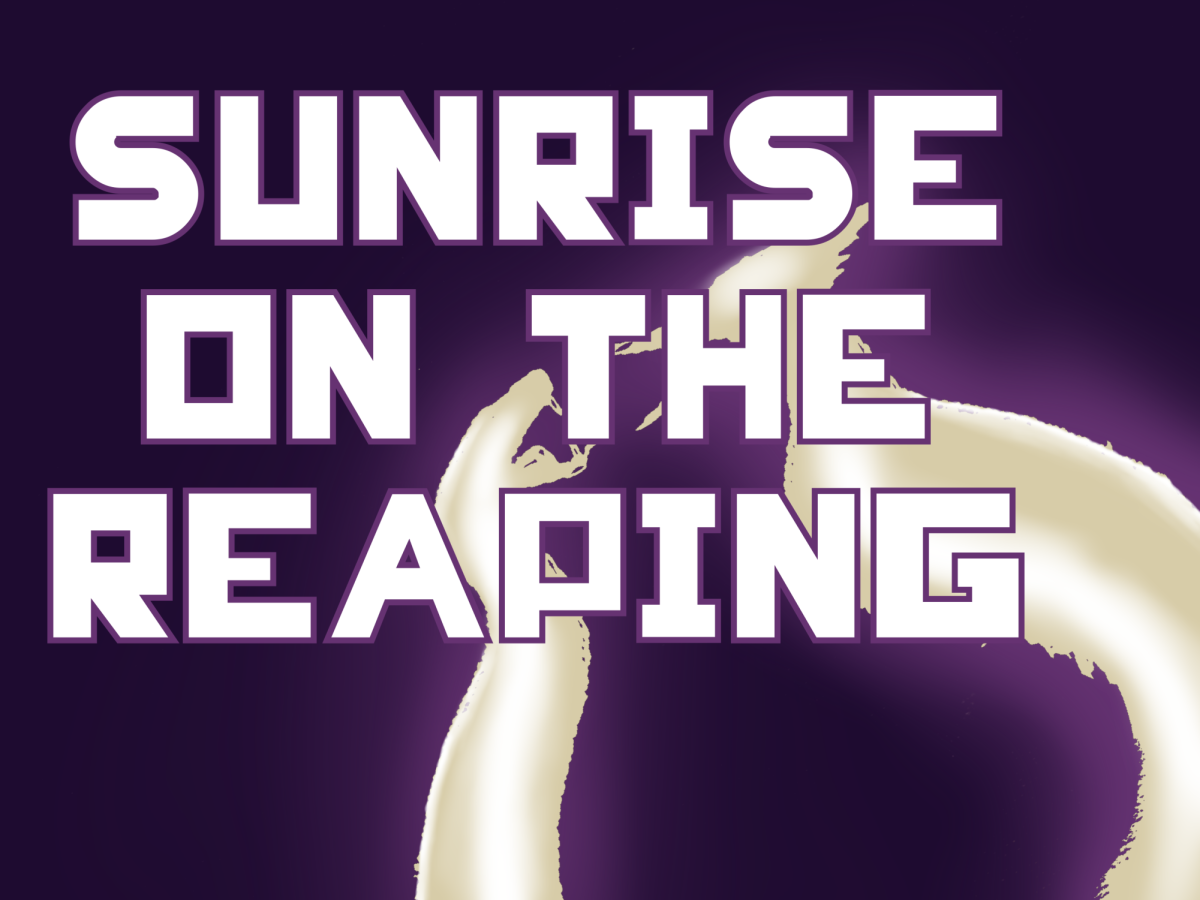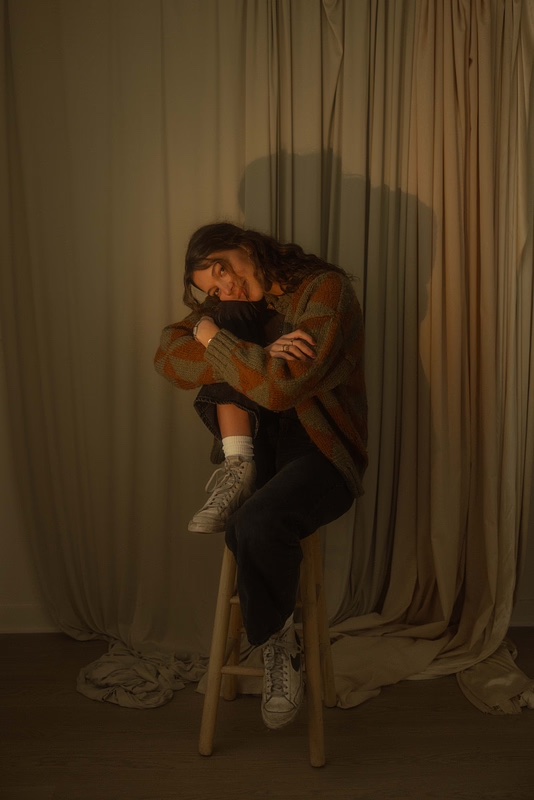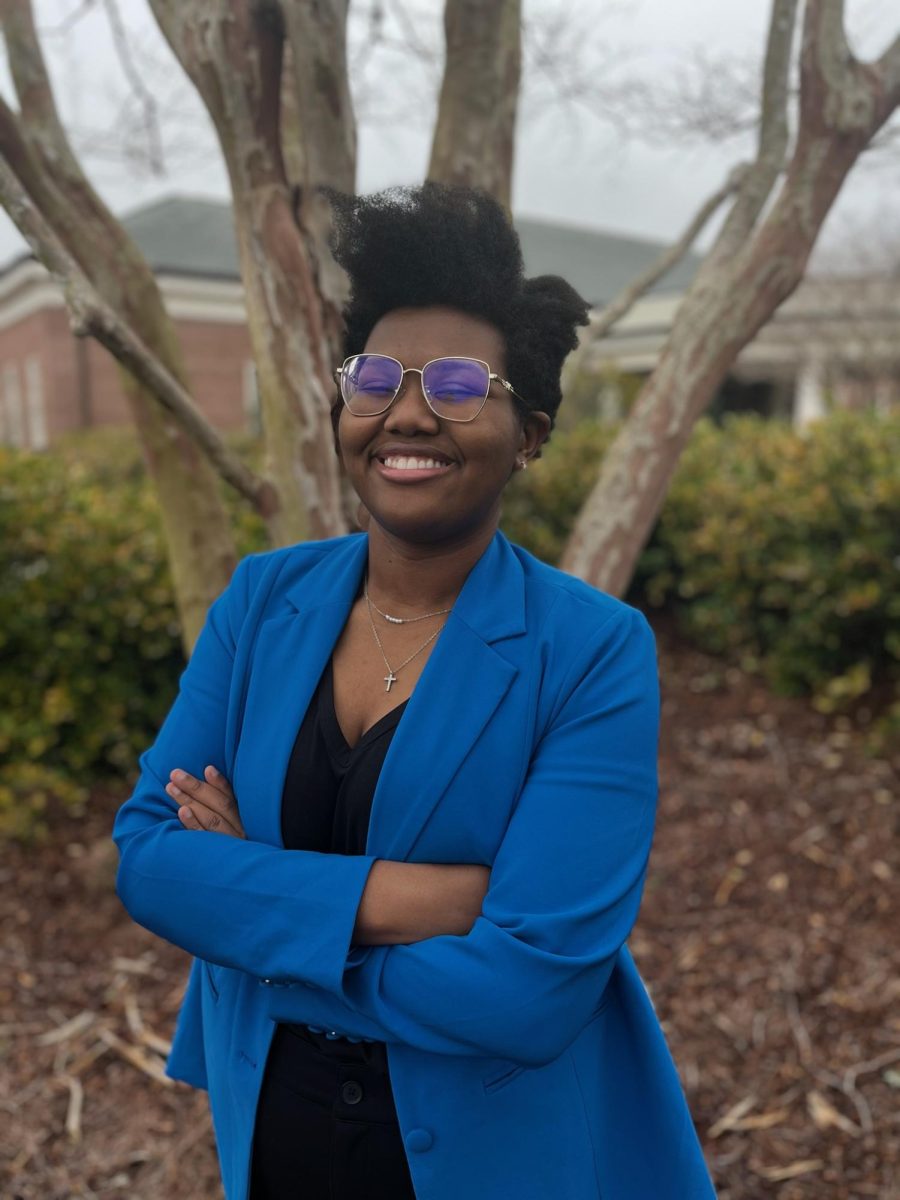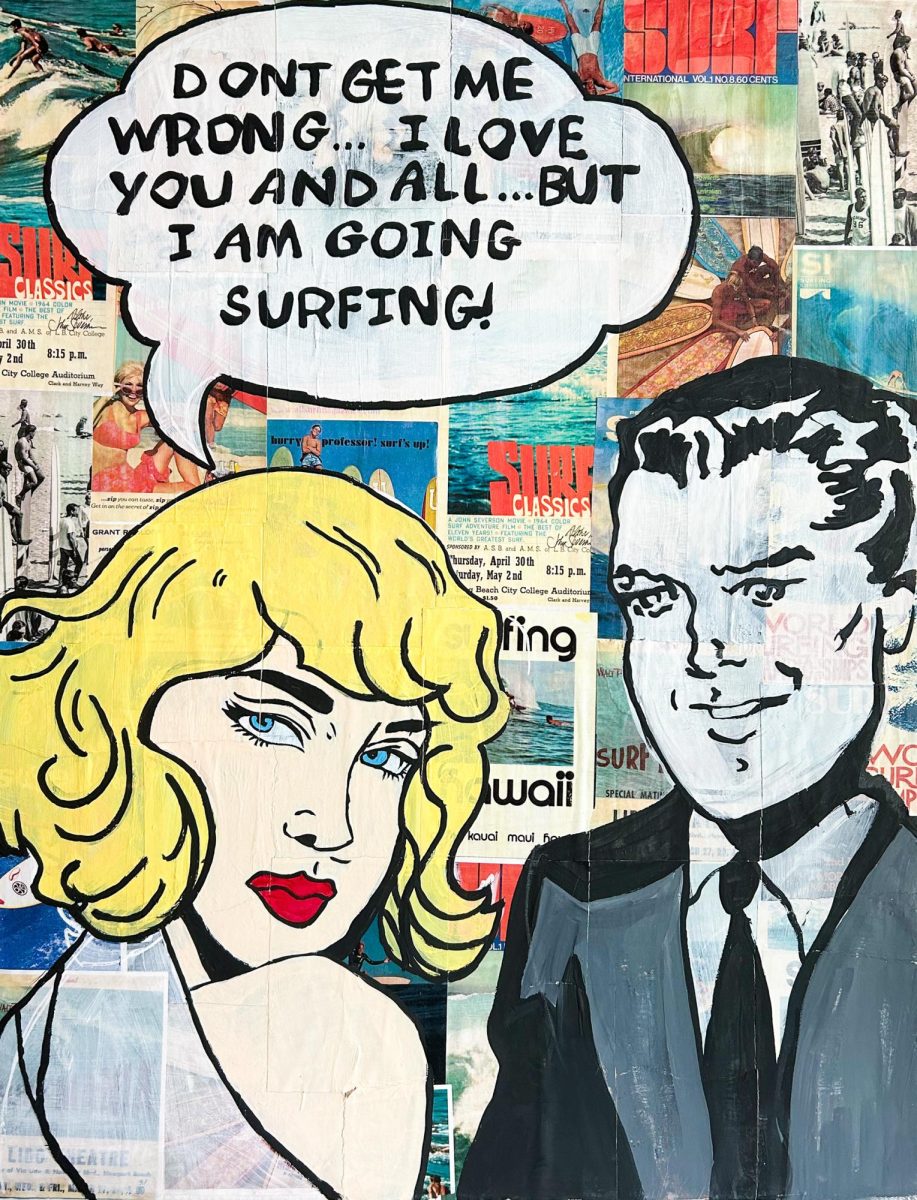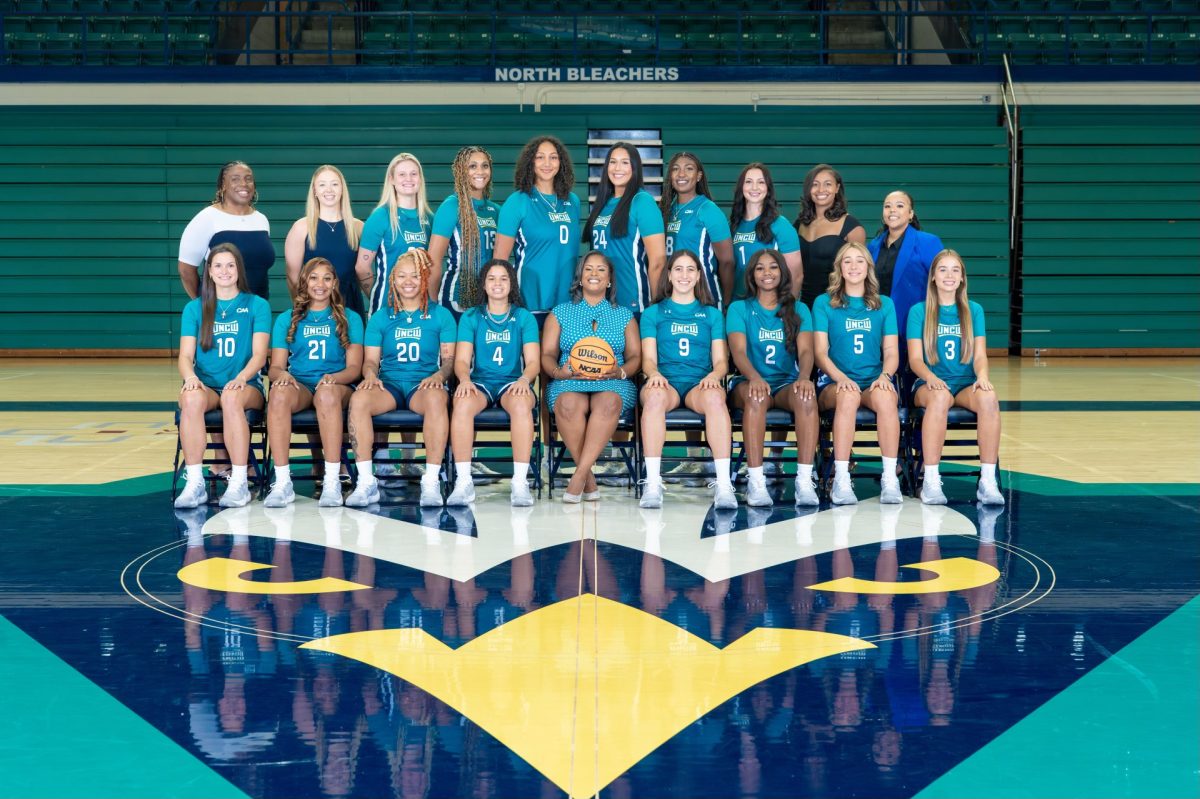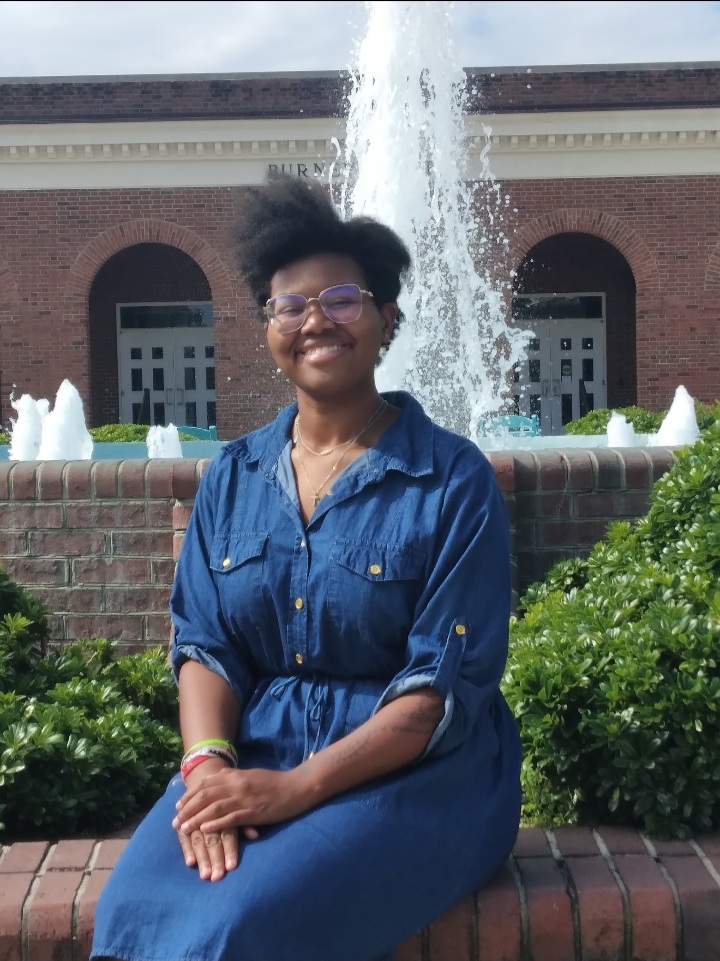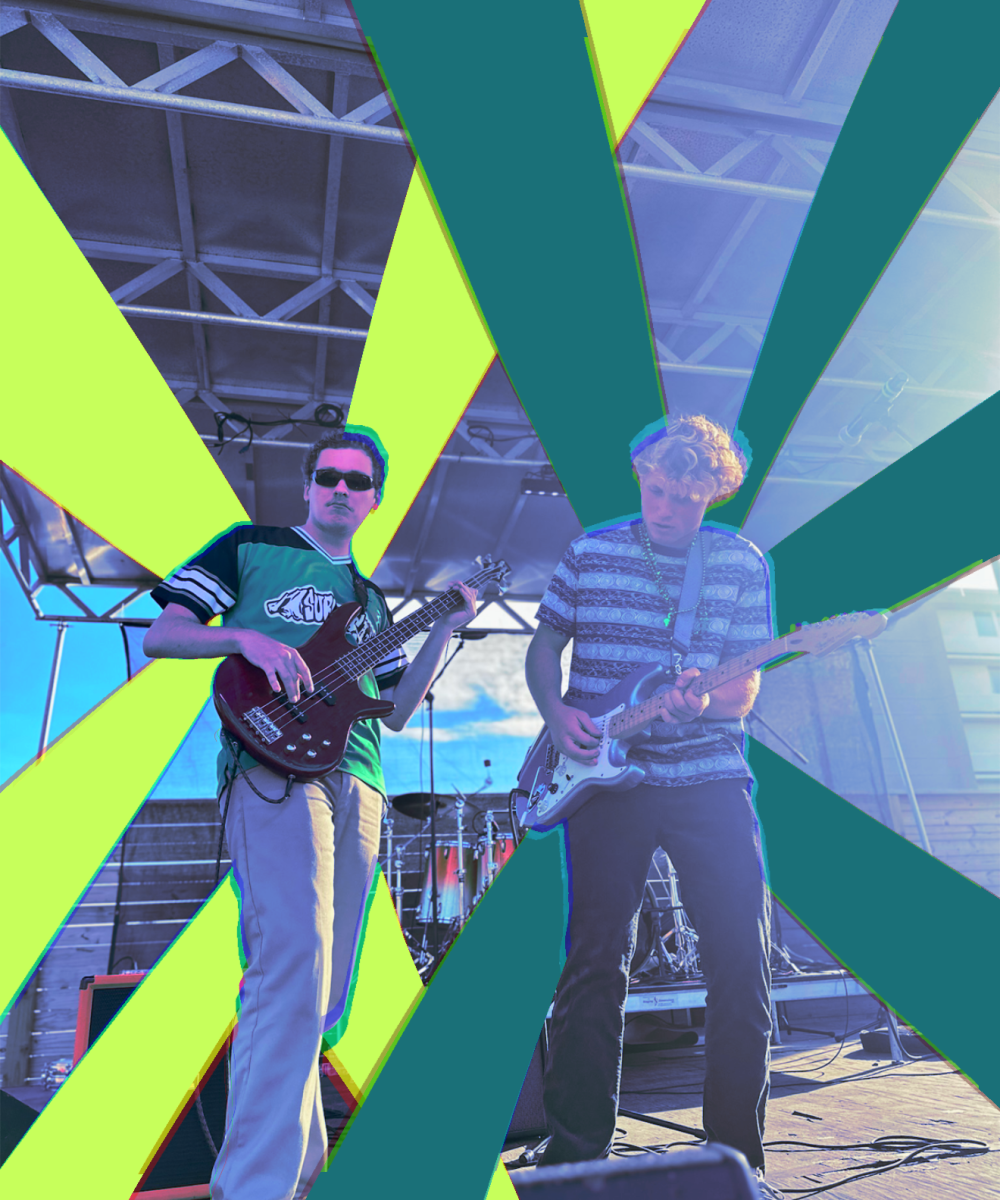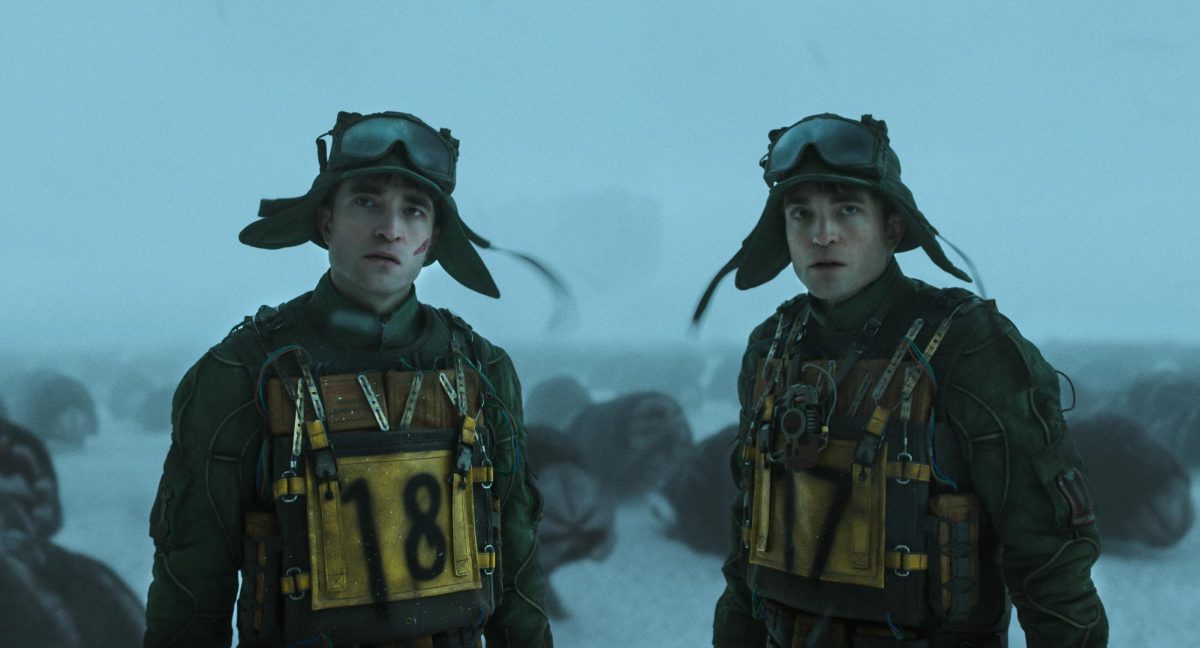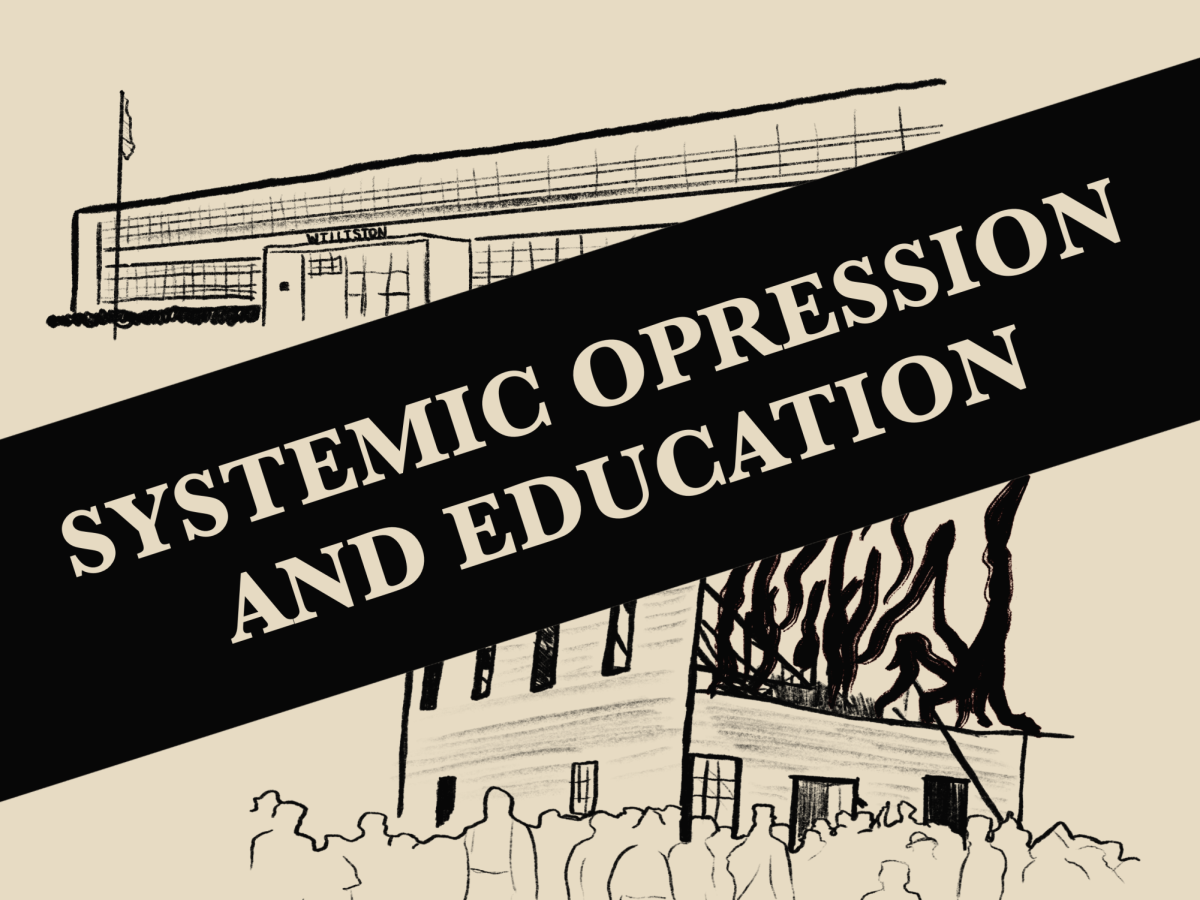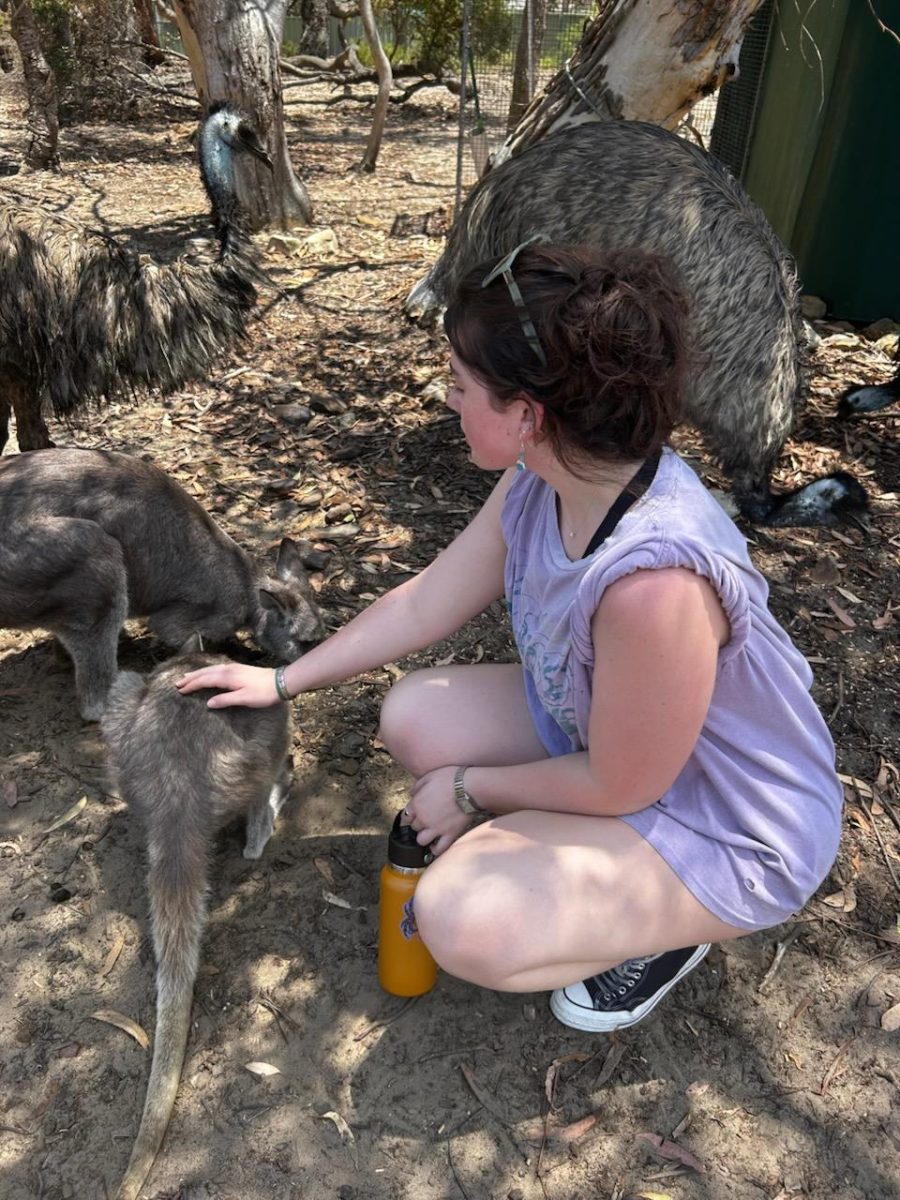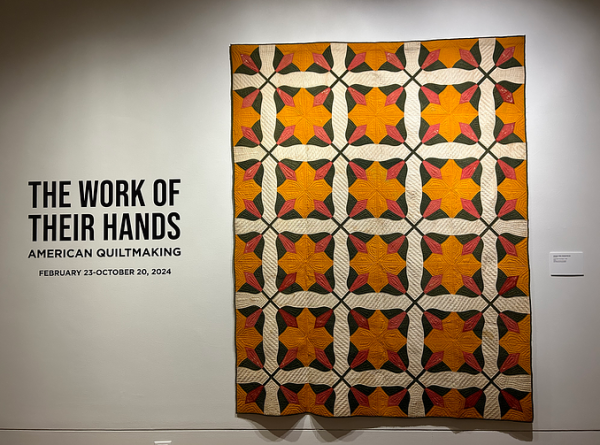
“The Works of their Hands: American Quiltmaking” exhibit is displayed in the Cameron Art Museum from Feb. 23 until Oct. 20, 2024. The exhibit features textiles that show the legacy of quilt making and different textile arts.
“A quilt is so much more than a piece of artwork,” said Dr. Barbara “Bobbi” Fitzsimmons in a video posted online by the Cameron Art Museum. “We can’t forget that quilts also serve a function and that function is warmth, comfort and encouragement.”
According to the provided pamphlet, historians believe that quilts date back to medieval times as they were used for padding under armor to make them more comfortable to wear. The word “quilt” originates from the Latin root culcita – to bolster or cushion. Quilted bed coverings were once simply a necessity to keep warmth but later have changed into an art form expression.
Inspiration for the exhibit was drawn from the tulip quilt that was made in 1850 by an unknown woman who was enslaved.
“We don’t know the details of the woman’s life who created this tulip quilt. We don’t know her story. We don’t even know her name. Yet the quilt she made is here,” Fitzsimmons stated in the program.
The tulip quilt is a piece of work created with red, orange, green and white cotton fabric sewn into a tulip pattern. With close examination of this piece, the work shows its age with the yellow discoloration of the fabric along with small wearing on the corners. “This piece of work is entirely handmade,” said Fitzsimmons.
Collaboration from other artists resulted in The Work of Their Hands: American Quiltmaking as a space to observe and explore the roots of quilt making and the evolution of the art form.
Brittney Boyd Bullock is a textile designer, visual artist, arts program director and entrepreneur. Her work tells her story of her lineage by using repetition and color to create a story in such a way that will trigger joy and wonder.
“As an artist working in fiber and mixed media and abstraction, my work explores the tensions between searching and finding, obsession and order, and lightness and darkness through two-dimensional forms,” said Bullock in the pamphlet.
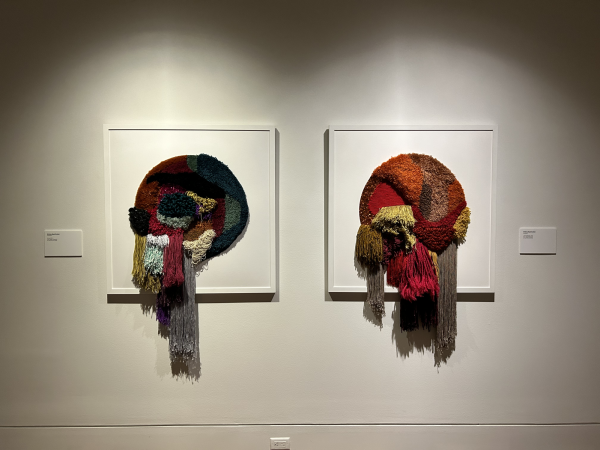
Celeste Butler is a fiber and textile artist. She describes herself as a “quiltologist” and a storyteller. She is a self-taught artist from Omaha, Neb.
“Quilts are the original version of social media,” said Butler in the pamphlet.
Her artistic process is constantly evolving by salvaging, gathering, deconstructing and assembling pieces together. “Ancestors” is composed of denim, repurposed laser cut wood and recycled plastic. This piece has powerful themes including those who were enslaved and drowned overboard at sea, people whose names are not known and those who were not counted for in which are symbolized by an X.
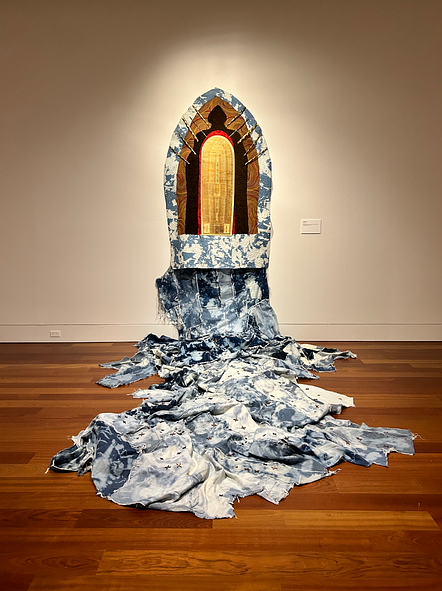
Michael A. Cummings is considered to be the nation’s leading African American male quilter. Cummings was born in Los Angeles and moved to New York City in 1970 for the rich culture. With inspiration from artist Romare Bearden, Cummings started to work with bits of fabric. Cummings incorporates themes such as Black history, jazz and political commentary into his art. His work, “Sister Gertrude Morgan,” depicts an adult woman in a wedding dress.
Gee’s Bend Quilts is dubbed as the most famous quilts in America, as described by the New York Times. Since the early nineteenth century, women from the Boykin, Ala. area have created a community in which they passed down the art of quilt making. Some of these artists include: Mary Lee Bendolph, Loretta Pettway Bennett, Essie Bendolph Pettway, Joanna Pettway and Plummer T. Pettway.
These collections of quilts were created from scrap fabric or recycled fabrics such as worn-out clothes and sacks. These pieces of fabric would be put together quickly and as easily as possible. In 2015, these quilts are now being displayed in over 30 museums to keep Gee’s Bend quilts circulating in the history of American Art.
Michael James grew up near a textile mill in Southeast Mass. after immigrating from Canada. He started to work with needle art in the 1970’s and started to become more known for his non-traditional quilts.
James’ piece, “Haveil 1 (Juna Mahal),” is part of his series “India Through Beginner’s Eyes.” His work is to produce a sensory response with his work.
“Pattern has been the constant element in my work going back nearly 50 years.” said James. “I use pattern as a metaphor for my complex systems that work through our world- physical systems, emotional systems, psychological systems, et cetera.”
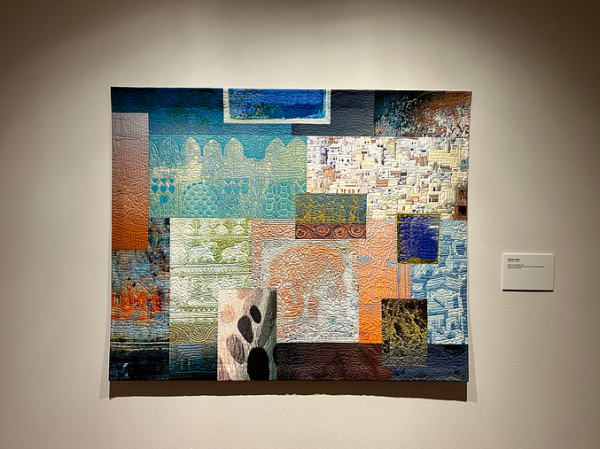
Precious Lovell is an artist, designer and maker based in Raleigh, N.C. Her mixed media work explores the narrative potential of clothing and cloth. She focuses her work mainly on the cultural significance, storytelling, aesthetic and technical qualities of traditional quiltmaking.
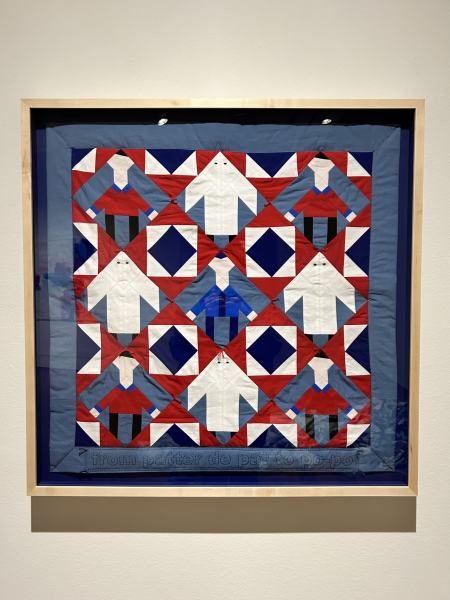
Dr. Carolyn Mazloomi is regarded as the leading authority on African American quilts and quilt making. Mazloomi is a historian, curator, author, lecturer and artist. In the 1980s, Mazloomi began focusing her work on quilt making and began teaching herself at the age of 45. She has written many books on quilting that focus on the diversity of interpretation, styles and techniques among African American made quilts.
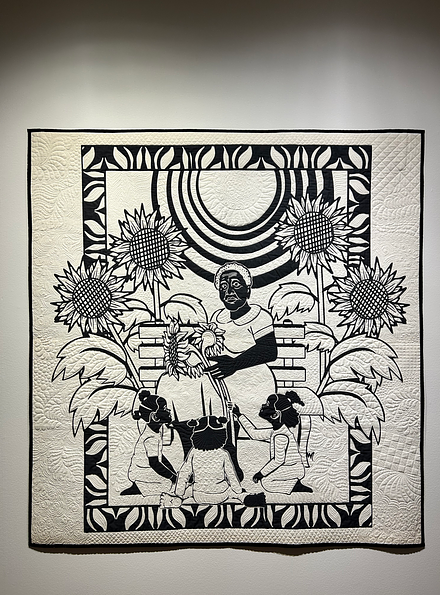
Mary Pal is a Canadian fiber artist and is best known for her cheesecloth portraiture. She is credited to be the pioneer of this technique – the use of cheesecloth sewn in from behind. She uses the material because of the attraction of the eye due to the fine detailing from the cheesecloth textile.
“Cheesecloths for me represents the very essence of textiles – the most minimal configuration of warp and weft. Its fluidity permits me to control opacity, to depict light and transparency, to play chiaroscuro. I am thus able to sculpt a two-dimensional representation that nonetheless reflects a unique depth and texture,” Pal was quoted in the pamphlet.
The history of quilt and quilt making is not only for the comfort and warmth that these pieces of textiles may bring. These quilts are threaded with deep, rich history and stories that are carried and passed down to future generations.
“Quilts are like cultural documents. So, hundreds of years from now people will be looking at the quilts made today. People have to know each quilt documents a story,” said Maloomi.






